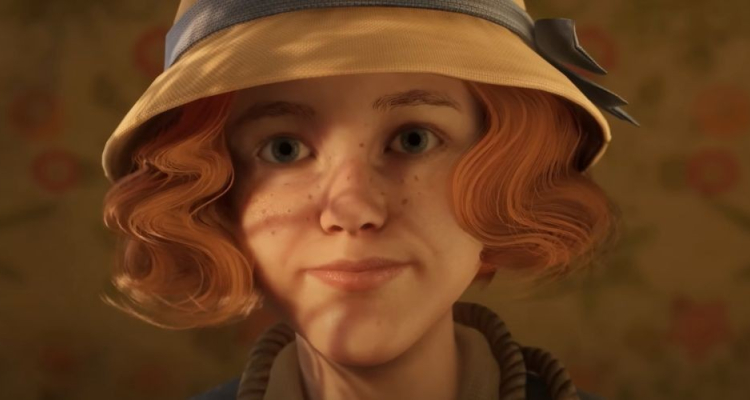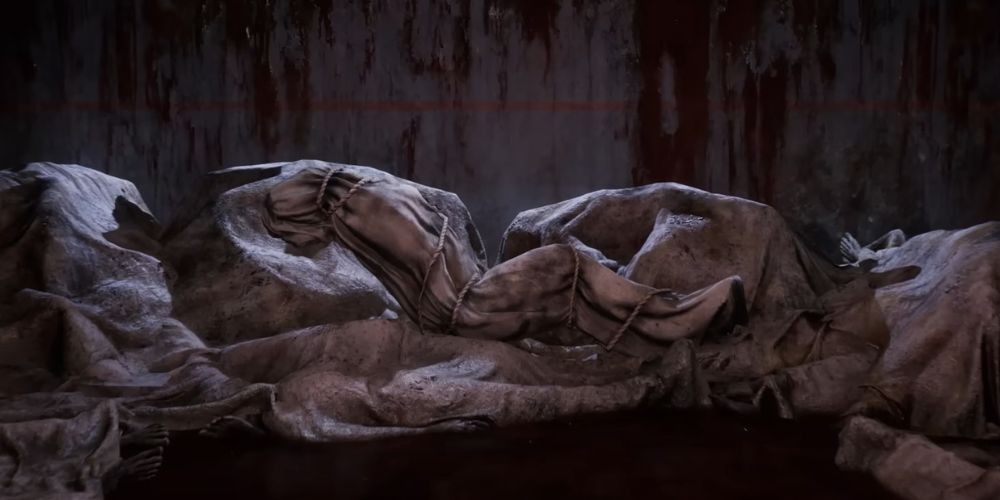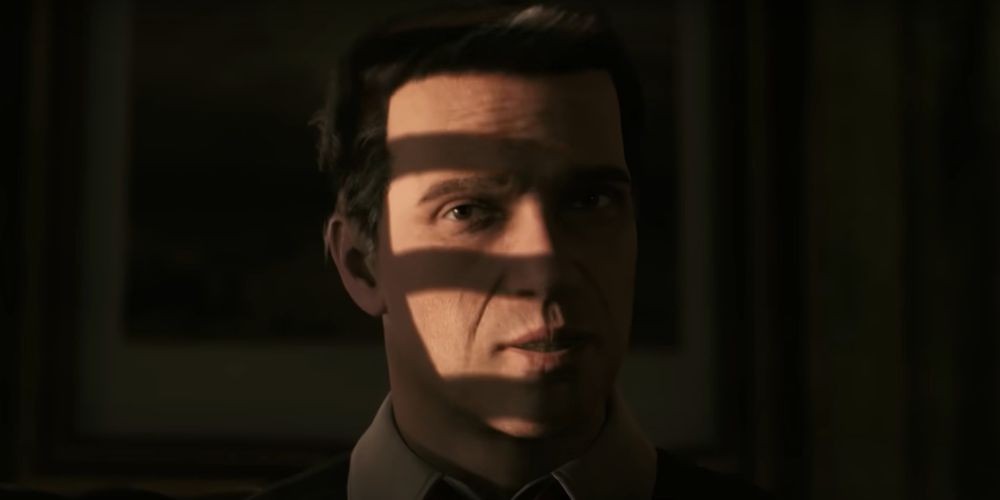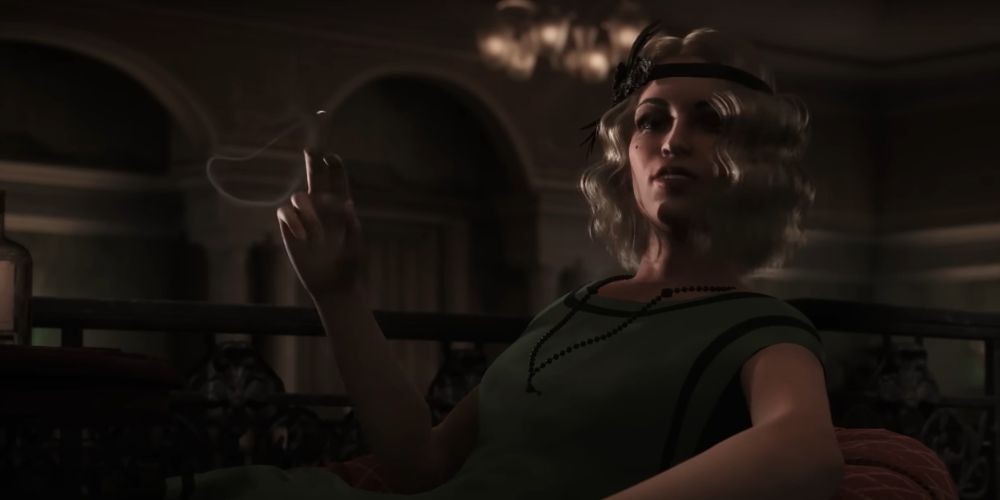
Best For You
Fragmented Horror: Alone in the Dark's Struggle to Revive the Classic Genre
Alone in the Dark has always been synonymous with survival horror, casting long shadows over the gaming landscape since its inception. With high expectations riding on its latest installment, developed by Pieces Interactive and published by THQ Nordic, fans were eager to explore a new narrative set against a backdrop of Southern Gothic and Lovecraftian horror. Unfortunately, the game's execution leaves much to be desired, with a variety of disjointed elements that suffer from a lack of coherent integration.
Failed Ambitions: Plot and Setting

The core narrative of Alone in the Dark centers around two familiar series characters: Edward Carnby and Emily Hartwood, portrayed respectively by David Harbour (Stranger Things) and Jodie Comer (Killing Eve). You're on a quest to find Emily’s missing uncle, Jeremy, within the labyrinthine halls of Derceto, a psychiatric hospital-turned-Lousiana mansion teeming with strange guests. Conceptually, this 1920s-set story should blend elements of Southern Gothic with Lovecraftian horror seamlessly. In practice, however, it frequently falters due to its fragmented storytelling.
A main plot mechanic involves the use of an amulet to jump between reality and otherworldly memories. This device, while intriguing, is poorly implemented, often leaving players confused about narrative connections and purpose. Notes scattered around Derceto offer some semblance of cohesion, but those playing without thorough readings may find themselves drifting without clear direction or understanding. The game's editing feels more like a patchwork of scenes rather than a unified whole, leading to an experience that is less about a smooth, terrifying journey and more about moments stitched together with little narrative glue.
Gameplay Mechanics: A Mixed Bag
Alone in the Dark's gameplay mechanics further compound its identity crisis. While theoretically diverse, including puzzles, combat, and exploration, the practical application of these elements feels haphazard. The amulet mechanic, for instance, reveals new locations or opens pathways in a disjointed manner. Often, simply stepping through a random door will transport players to an entirely different realm with scant explanation, leaving a jarring dissonance between in-game events and their purported logic. Moreover, potential puzzles and obstacles are reduced to near-pointlessness by poor design decisions.

Key items required for progression are often located within the same room as their corresponding obstacles, eliminating any sense of achievement. The simplicity borders on the absurd, with electrical switches lying adjacent to broken fuse boxes and keys doubling as glorified decor pieces. To add insult to injury, players are met with generic and uninspiring character dialogue upon overcoming these minimal challenges, further diminishing any sense of accomplishment.
Lifeless Combat and Uninspired Design
Combat within Alone in the Dark is similarly lackluster, suffering from sluggish movement and imprecise mechanics. Players are met with a shooting model that feels more obligatory than engaging and melee combat that is contingent on the availability of breakable weapons. Run out of ammo and break your weapon? Your only choice is to wait for your demise. This design fundamentally undermines the game's survival horror roots by removing the agency and skill-based challenge. To make matters worse, the game includes a smattering of stealth sections that feel tacked on.
Without clear indicators of detection status, these sections become pointless exercises in trial and error rather than tense, strategic engagements. Combat throwables like Molotov cocktails introduce another layer of confusion, as their function and purpose are poorly explained. Non-flammable items share the same inventory icon, muddying their intended usage and ultimately contributing to a broader sense of incoherence.
Disconnected Monsters and Missed Opportunities

One of the most glaring oversights in Alone in the Dark is its handling of monsters. These creatures, ranging from plant-like humanoids to skeletal aberrations, appear without explanation or thematic consistency. This haphazard approach robs encounters of any meaningful horror or narrative context. Monsters pop up, are dispatched, and are forgotten, offering nothing to the storyline or the atmosphere. Their presence feels arbitrary, making the horror elements more of a tick-box exercise than an integral part of the game.
Furthermore, there is a missed opportunity to capitalize on the rich architectural and atmospheric potential of a 1920s Southern Gothic setting. Early sections of the game do show promise, with well-designed environments and intriguing detective work. Unfortunately, this promise quickly evaporates as the game's structure and design fail to build upon a cohesive vision. The game’s ambiance, initially effective, sputters out, yielding to a sequence of events that aimlessly fill the nine-hour runtime with no strong narrative drive or atmospheric payoff.
Conclusion: A Fractured Experience
In summary, Alone in the Dark's latest installment struggles to find its identity amid a sea of disjointed elements. Its plot, while ambitious, is poorly executed, leaving players adrift in a confusing storyline patched together by scattered notes and arbitrary mechanics. The gameplay, a blend of neglected puzzles, uninspired combat, and poorly implemented stealth, does little to salvage the experience. While the game does offer fleeting glimpses of potential through its setting and character performances, these moments are lost within a larger framework that lacks coherence and direction.
The core issue lies in the game's overall execution. From fragmented storytelling and gameplay mechanics to lifeless combat and random monster appearances, Alone in the Dark feels more like a series of incomplete ideas than a unified whole. The result is a game that fails to capture the essence of survival horror, delivering an experience that is more frustrating than frightening. Moving forward, one can only hope that future installments will better integrate these disparate elements, offering a more cohesive and engaging journey into the dark.





